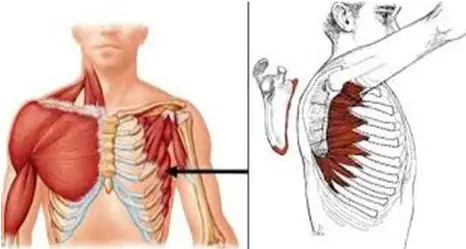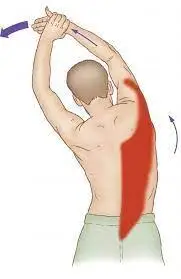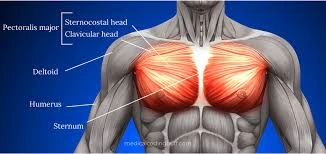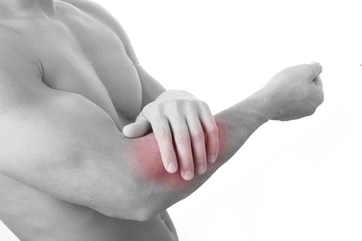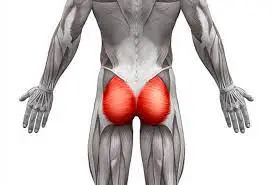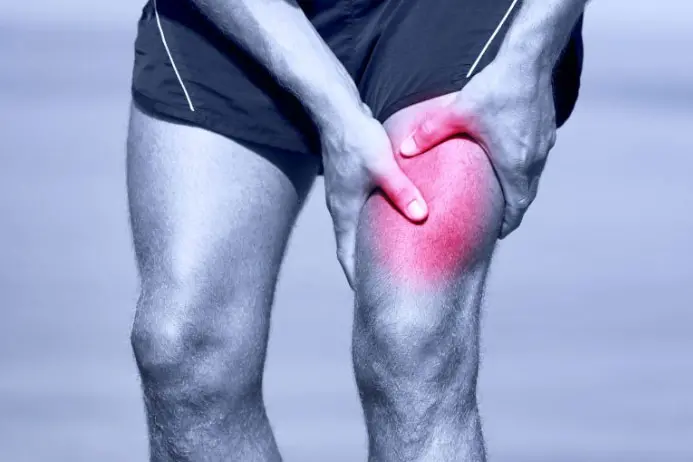Brachialis Muscle Pain
Brachialis muscle pain is suggested when you experience arm pain that limits your arm’s movement or function. The brachialis muscle is strained forcefully or repeatedly, which causes this pain. The RICE technique and physical therapy help to lessen this pain. What is brachialis muscle pain? Anatomy of the brachialis muscle? Cause of the brachialis pain?…


